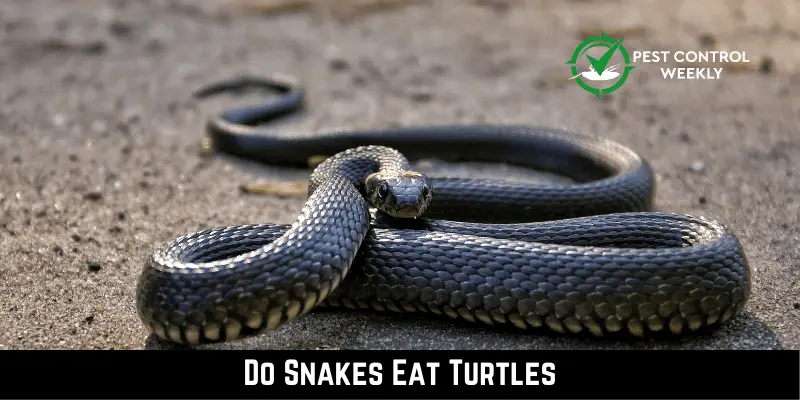Snakes are naturally carnivores, so they eat many different kinds of animals. Depending on factors like as body size, species, and habitat, these reptiles have a wide variety of possible food sources. What about turtles, though? Do snakes eat turtles?
Some species of snakes do eat turtles. This happens most often when the turtle is small or young. Large turtles with hard bodies are hard for a snake to handle.
So, let’s go deep into this topic together and find out how snakes and turtles are related, including their sizes, where they live, and other things that might affect how they interact.
Understanding The Dietary Habits Of Snakes
According to eef Articles (Volume 6, issue 1) snakes have highly diverse and variable diets that vary primarily by habitat and physiological needs. There is a wide variety of snake species and their distribution ranges from rocky mountains to tropical rainforests to deserts.
Different types of snakes have adapted to make the most of what they can find in their habitats. A snake’s food may consist of insects and small reptiles large mammals, and even other snakes. The jaws of these meat-eating animals are designed in a way that makes it possible for them to eat their food whole.
Carnivorous Nature Of Snakes
According to Current Zoology, Volume 66, Issue 5 natural selection has shaped snakes into highly adaptable carnivores. Their very survival depends on their adaptability to numerous food sources. Most snakes prefer prey that is smaller than themselves, such as rodents, birds, or amphibians.
However, there are some enormous and powerful snake species that can take on far bigger animals. These include pythons and anacondas, which are strong and resilient. These larger snakes may eat turtles under specific conditions. The tough shell of a turtle may seem impossible to overcome, yet these snakes are able to break their jaws and use their constricting strength to kill their prey. Turtles are hard to eat; hence most snakes don’t eat them. Snakes, with their remarkable diversity and wide range of food choices, continue to surprise us as they show nature’s complex web of life.
The Snakes’ Interaction with Turtles
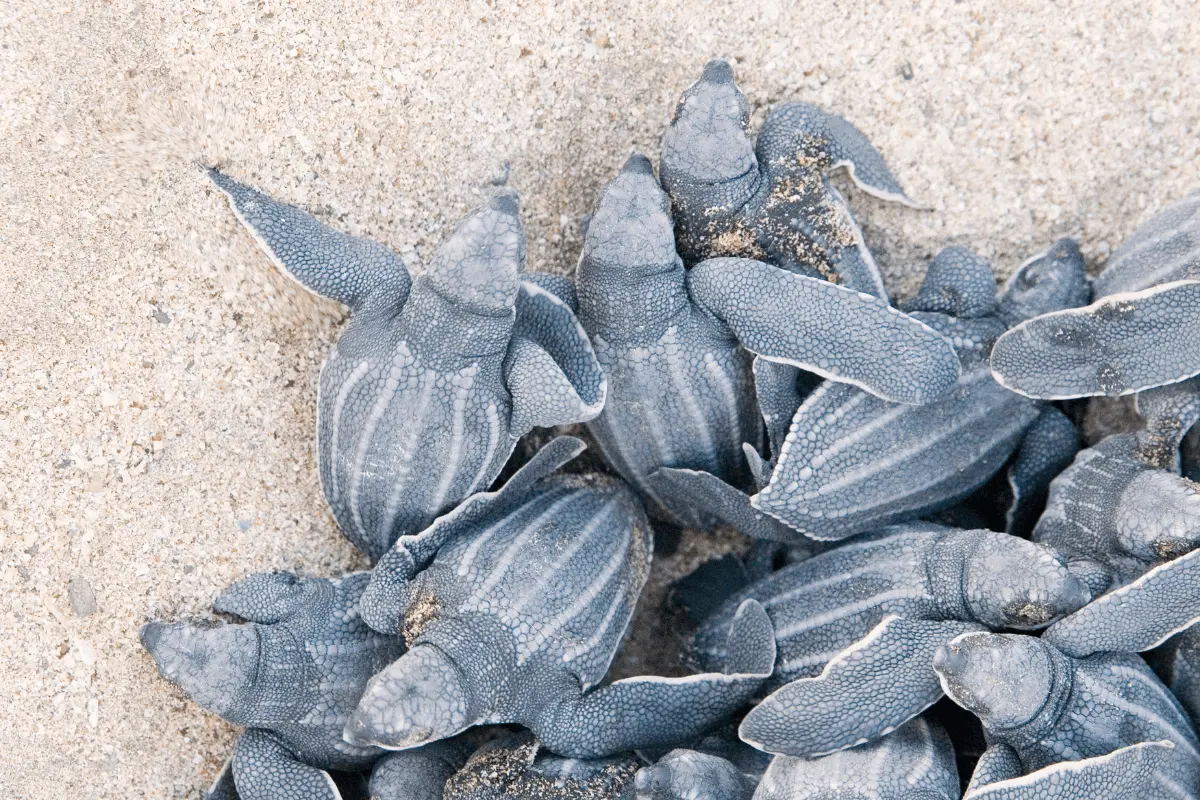
The relationship between snakes and turtles is one example of the wonderful discoveries that may be made when exploring the complicated animal world. These reptile cousins occasionally meet despite living in quite different environments. However, predator-prey interactions sometimes end in different ways.
Adult turtles are mostly safe from most snake species due to their shells and size, but some snake species can threaten immature and small turtles. Many snake species lack the strength or jaw flexibility to eat a turtle’s strong shell. Thus, it is clear that the interactions between these two different reptiles are more complex than they may at first appear.
Can Snakes Ingest Turtles?
If you’re interested in reptilian nutrition, you might be curious whether snakes can eat turtles. Even though the turtle’s hard shell makes the idea seem hard, nature’s constant innovation has given some snakes the tools they need. These include strong constrictor snakes like pythons and anacondas. They can possibly swallow the turtle. However, such cases are rare. Because eating a turtle is so tough, most snakes prefer to eat something simpler. Snakes don’t eat turtles very often, for the most part.
Specific Snake Species That Eat Turtles
Cottonmouth Snakes (Water Moccasins)
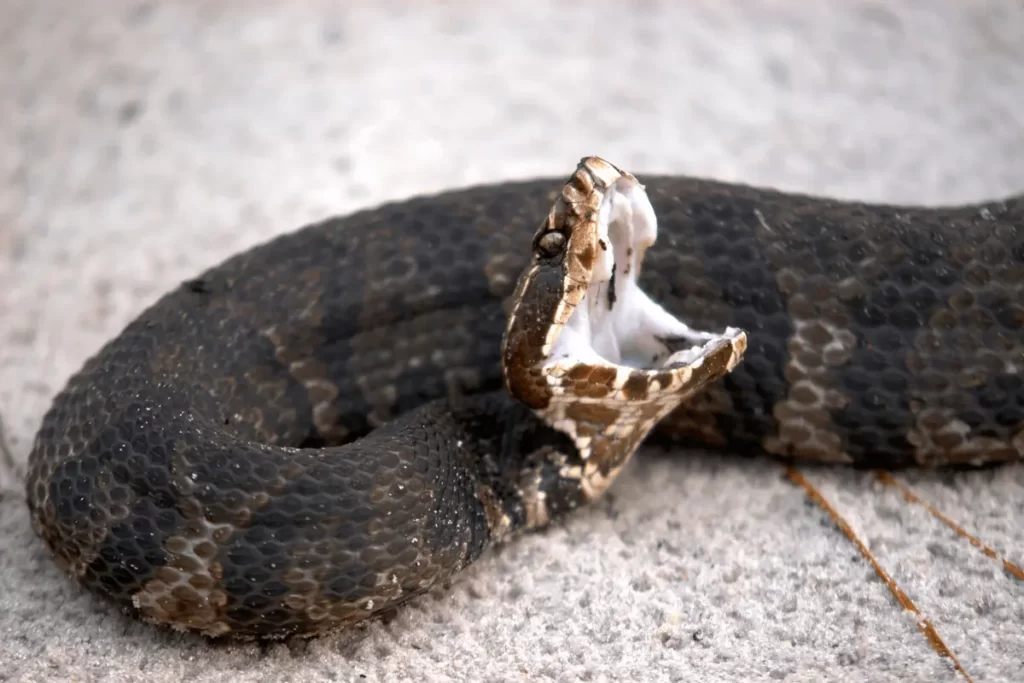
Cottonmouth Snakes, often known as Water Moccasins, live in southeastern US swamps. Eat a variety of animals, which sometimes include turtles. They have strong jaws and venom that can paralyze their prey. These semiaquatic snakes are able to take on baby turtles and smaller turtle species. Once the turtle is calm, the snake’s jaws are so flexible that it can eat it whole.
Kingsnakes
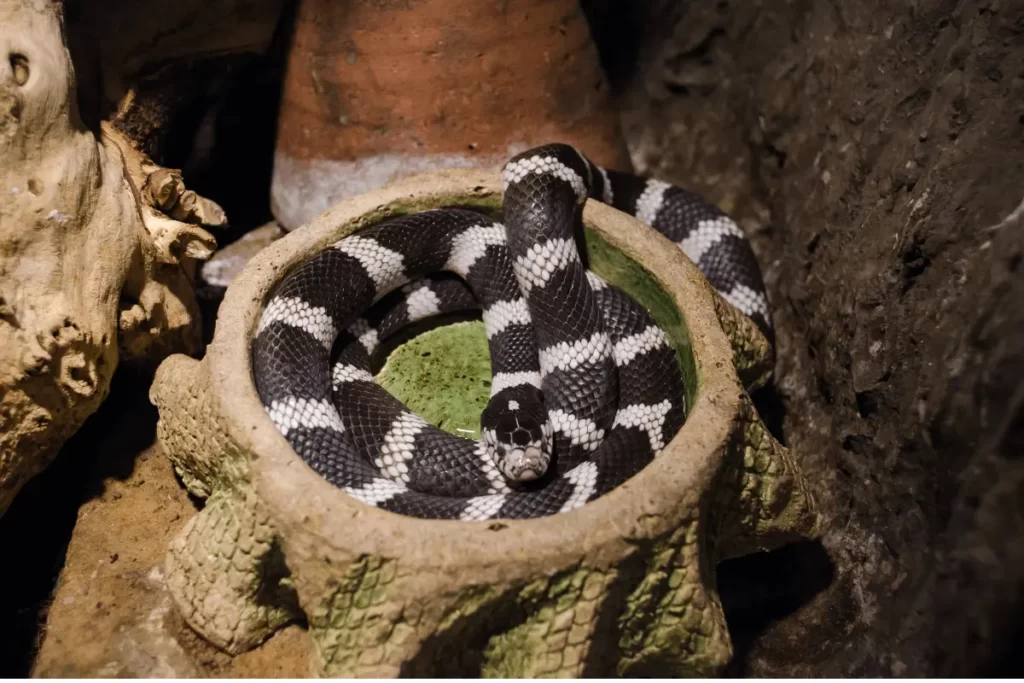
Kingsnakes, a species known for its bold eating habits, have been seen eating turtles. They are able to eat weaker turtle species and juveniles due to their outstanding constricting abilities. The snake then slowly consumes the turtle, its jaws expanding to fit the huge size of its meal.
Eastern Indigo Snakes
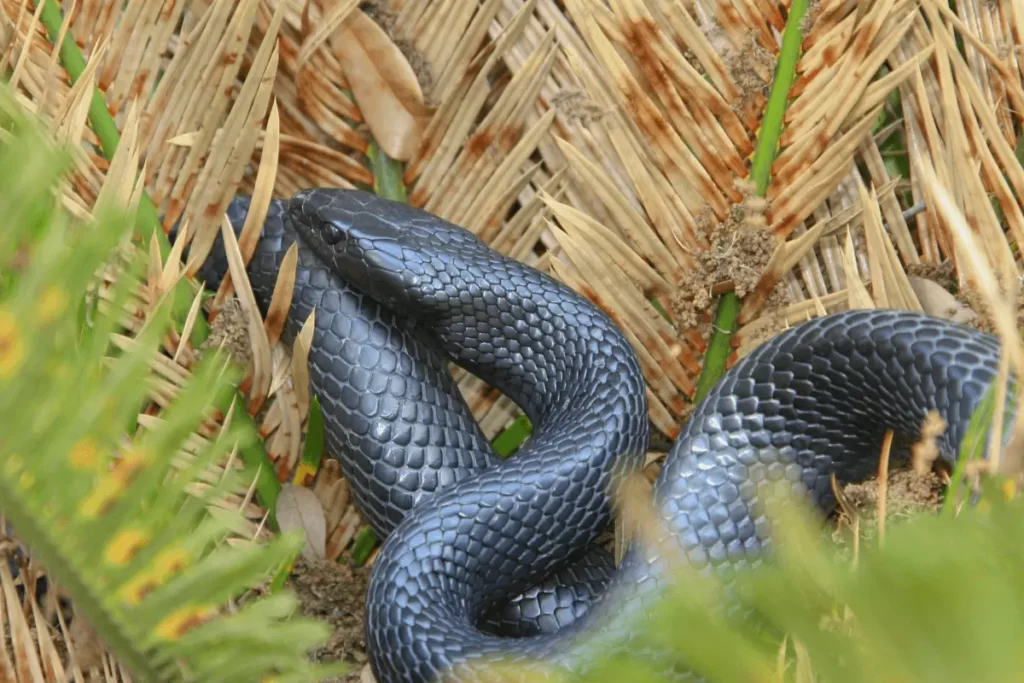
In the United States, the eastern indigo snake is the longest of any of the native snake species. The Eastern Indigo Snake has no fear of taking on challenging prey, such as turtles. The snake uses its superior size and strength to overpower the turtle before starting the time-consuming process of swallowing it whole. Their strong physiques help them in this hard eating style.
Reticulated Python
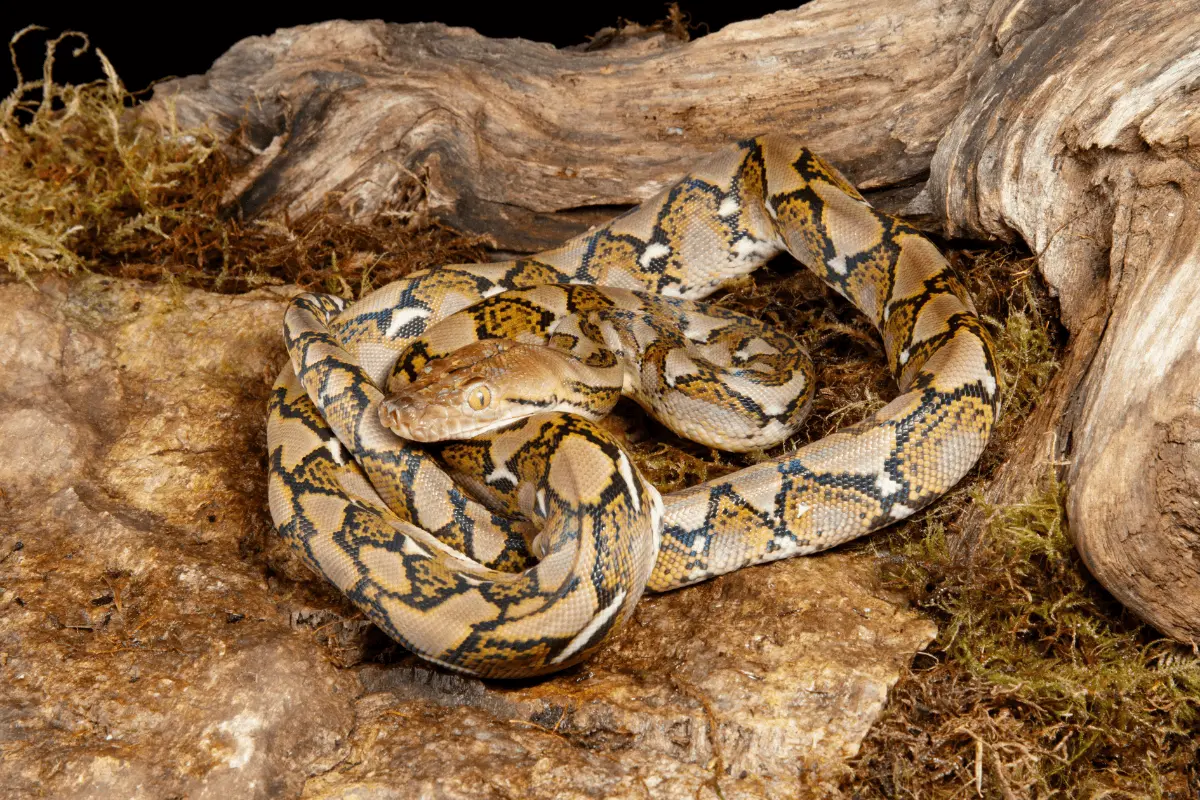
Reticulated Pythons, the most powerful predators of the snake kingdom, are strong enough to prey on even turtles. They are able to crack the turtle’s shell due to their great constricting strength and the dislocating ability of their jaws. But this doesn’t happen very often because their favorite places to live are far apart, and it takes a lot of work to eat something so well-protected.
African Rock Python (Python Sebae)
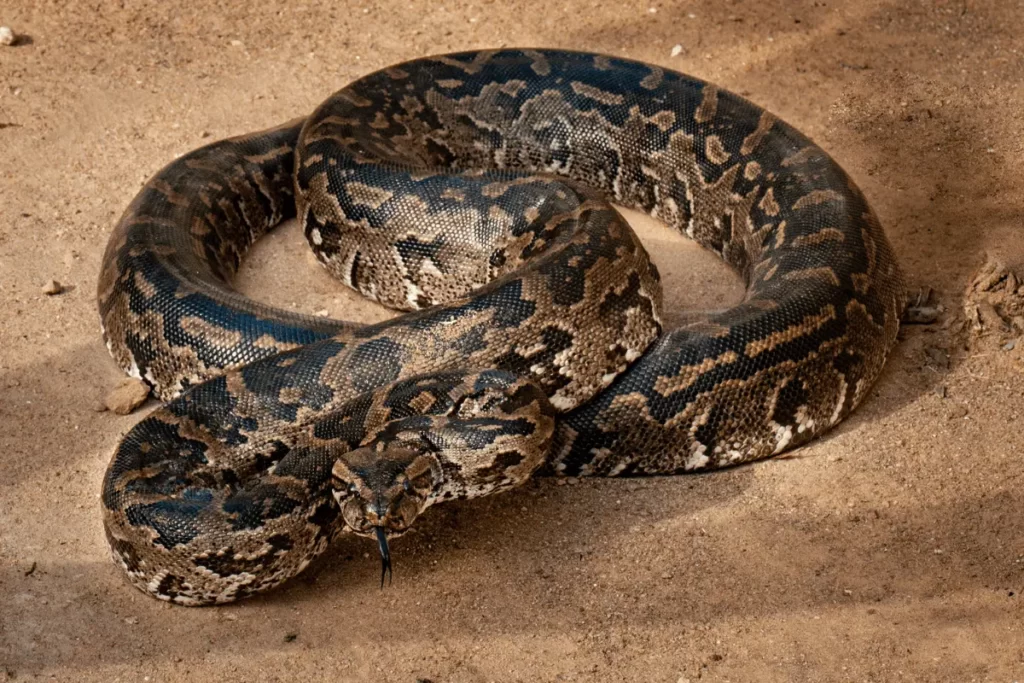
One of the world’s largest snakes, the African Rock Python, can attack and eat turtles. These deadly reptiles apply tighter pressure that would break even the toughest turtle. After the turtle has been killed, the python starts eating it slowly. The python’s wide jaws are capable of taking the turtle’s tough shell, making this difficult task possible.
Black Mamba
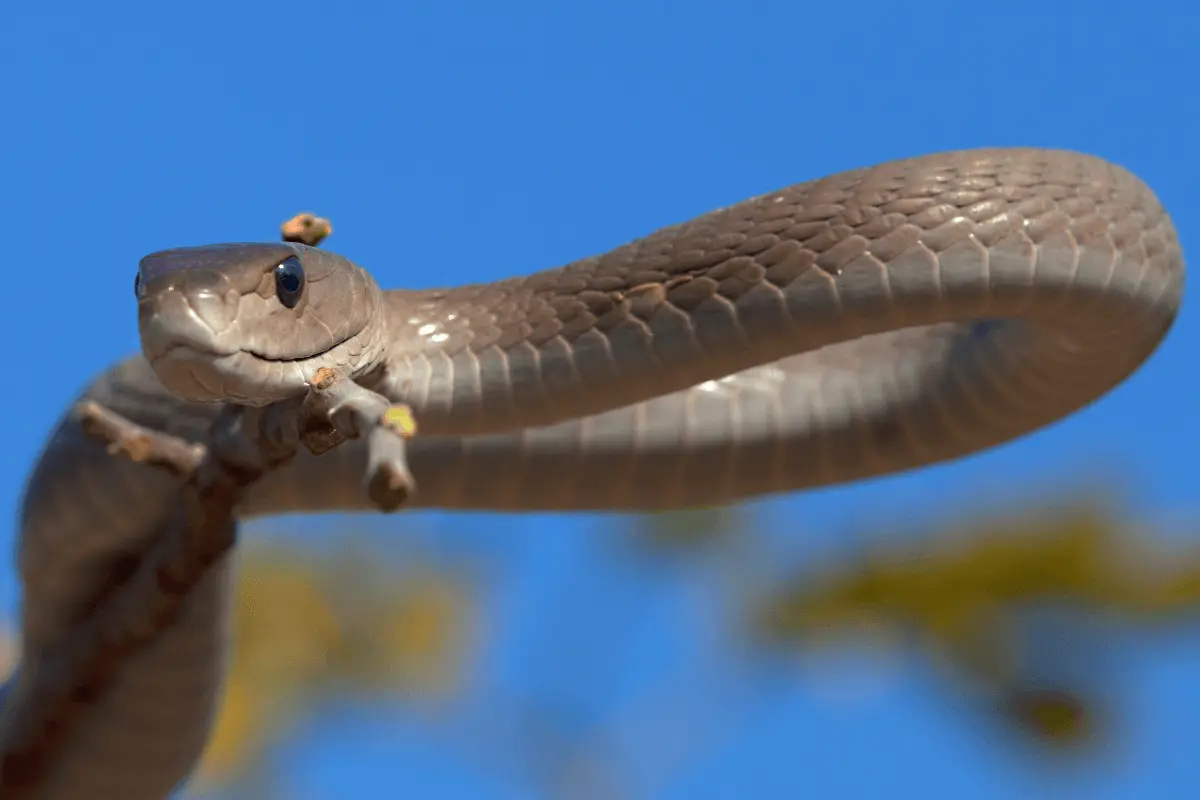
Black mambas are known for their deadly venom and lightning-fast speed, although they have been known to hunt turtles. Paralyzing its prey with poison before eating it is the Black Mamba’s basic method of hunting. Their jaws are so flexible that they may open wide enough to swallow the turtle’s hard shell, allowing them to eat it whole.
Python Molurus (Indian Python)
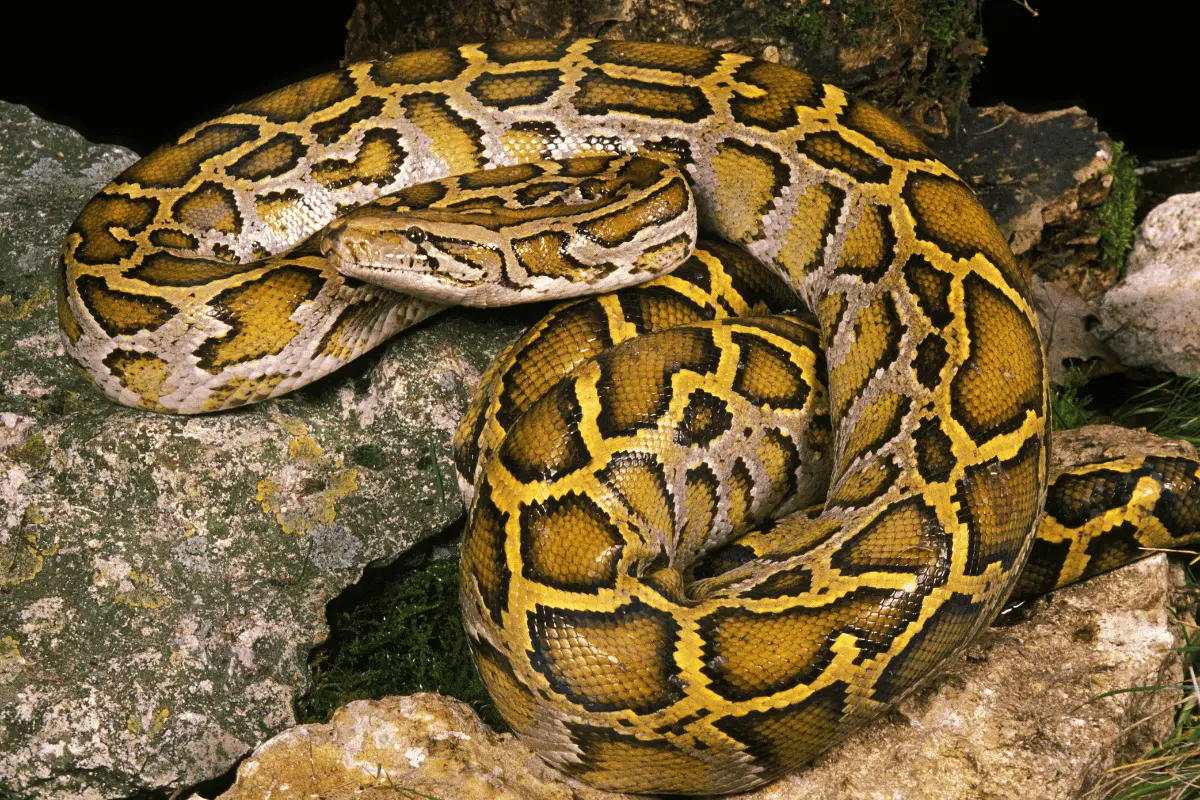
The Indian Python is an outstanding constrictor that preys on a wide variety of animals, including turtles. They are big and strong enough to beat a turtle’s strong defenses. After the turtle is paralyzed, the python proceeds to eat it. Although time-consuming, this is possible because the python’s jaws can expand and contract to swallow the entire turtle despite its large size and tough shell.
Boa Constrictor
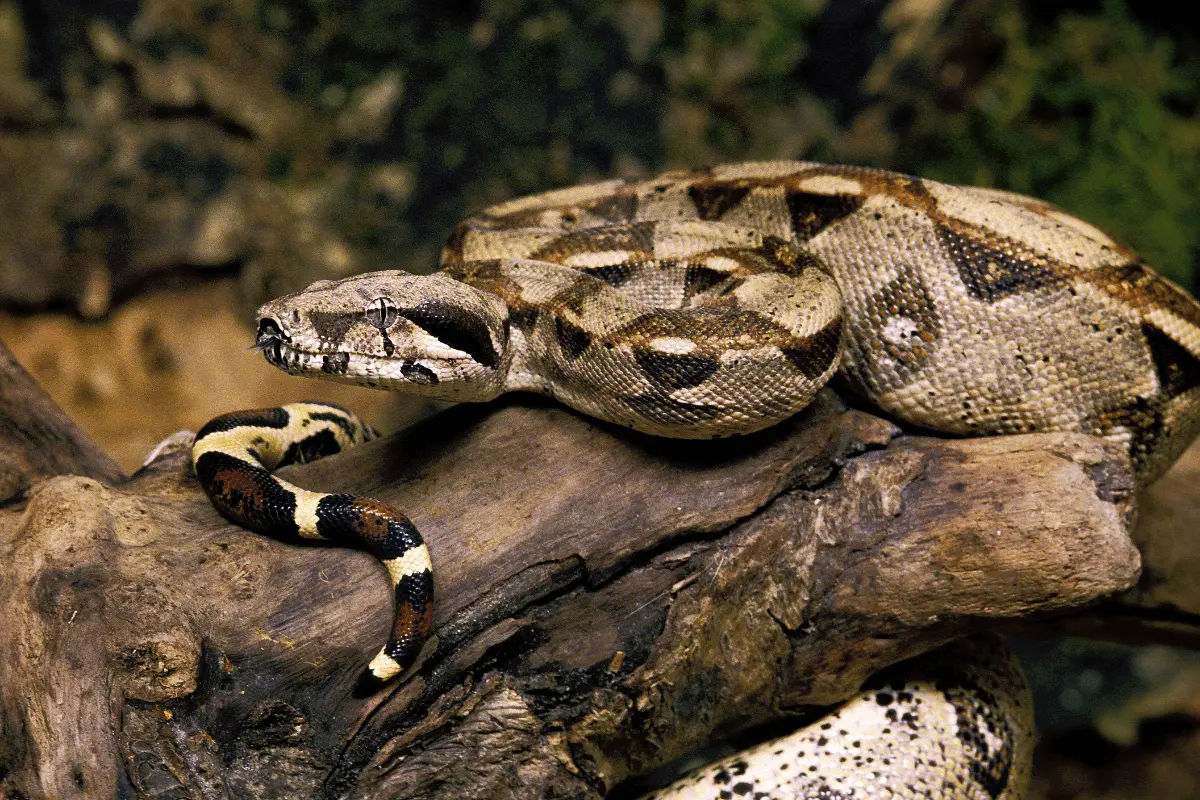
Boa constrictors, which are known for their strength, can defeat and eat turtles. These snakes are up to the challenge, as turtles are not a typical part of their diet, and they have the equipment necessary to do it. The Boa Constrictor eats the turtle after the constriction. Its jaws can expand to such an extreme that it can gradually swallow a turtle whole, transforming an impossible feat into an example of predatory adaptation and survival.
Do Snakes Eat Turtle Eggs?
Some snakes like to eat turtle eggs. This is one example of how the beautiful dance of life and survival in the animal kingdom often shows interesting eating habits. Snakes, especially those that nest near turtles, eat turtle eggs. With their acute sense of smell, these reptile predators find turtle nests buried in the sand.
The snake will eat the eggs whole once it finds a nest, using its flexible jaw bones and muscle contractions to guide each egg into its enlarged gullet. When the snake swallows the egg, it crushes it, releasing its nutritious contents. This interesting part of the snake’s diet is a lesson in how complicated and often surprising the ecological food web can be.
Do Snakes Prey on Hatchling Turtles?
In the natural cycle of life and death, snakes are just one of several predators that can threaten a newborn turtle. These baby turtles don’t yet have the thick shell that serves as such a reliable defense mechanism as they mature. This weakness has been noted. Many snakes, especially those living in or near turtle nesting areas, consider hatchlings easy prey. These snakes wait for the hatchlings to come out of their shells.
They are sneaky and ready to take advantage of any chance they get. The snakes’ swallowing of the hatchlings shows nature’s cruelty. Yet, ecosystems keep their delicate balance because of this delicate balance between being eaten and staying alive.
Do Snakes Prey on Box Turtles?
Snakes have a wide and varied diet that includes small mammals, birds, and even other reptiles. But when it comes to box turtles, the connection is more complex. Box turtles have strong shells, so most snakes avoid them.
There are only a few larger snake species that would try to attack an adult box turtle. It is not very common, but it does happen, and younger, smaller turtles are more at risk since their shells have not fully formed. As a result, box turtles are protected against snake predation to some extent due to their strong defenses.
How Do Turtles Defend Themselves Against Turtles?
Shell Protection
The shell is the turtle’s main defense against predators like snakes. This bony shell serves as a protective barrier for the turtle’s more delicate internal organs. The turtle’s shell is a wonder of biological design. Many species of turtles have the ability to pull their heads, necks, and tails into their shells when they feel threatened.
This presents an unappealing and difficult challenge to any other animals. This makes it difficult for most predators, including snakes, to eat the turtle. As a result, mature turtles are rarely threatened by predators due to their thick, protective shells.
Adaptive Behaviors
Turtles have both physical and behavioral ways to keep attackers away. Some of these strategies include adopting an undercover appearance through camouflage or mimicry or assuming a defensive posture when attacked. When threatened, certain turtle species will burrow deep into the substrate or wedge themselves into cracks in rocks. Others will try to fight off attackers by using their strong, sharp beaks and claws.
Each of these strategies has the same overarching purpose: to improve the turtle’s chances of survival when faced with predators. Because of their unique combination of physical and behavioral adaptations, most predators, including snakes, find turtles to be difficult prey.
Conclusion
This research shows that snakes and turtles have a rich history of evolutionary adaptations and survival strategies. The turtle deters many snake predators with its strong shell defense and adaptability. On the other hand, the fact that turtle eggs and hatchlings are easy targets for predators shows that survival and predation are a constant fight and balance in the wild.
As we wrap up, we realize that the relationship between these reptilian species is an example of the complicated dance of life and survival that happens all over the animal world. When we look at how these things affect each other, it not only captures our intellectual interest but also reminds us of the delicate balance and complex connections between all life forms in our shared world.
FAQs
References
Luiselli, L.: Broad geographic, taxonomic and ecological patterns of interpopulation variation in the dietary habits of snakes, Web Ecol., 6, 2–16, https://doi.org/10.5194/we-6-2-2006, 2006.
Stanisław Bury , Agnieszka Drohobycka-Wawryka, Pellet egestion in modern carnivorous snakes, Current Zoology, Volume 66, Issue 5, October 2020, Pages 593–595, https://doi.org/10.1093/cz/zoaa009
